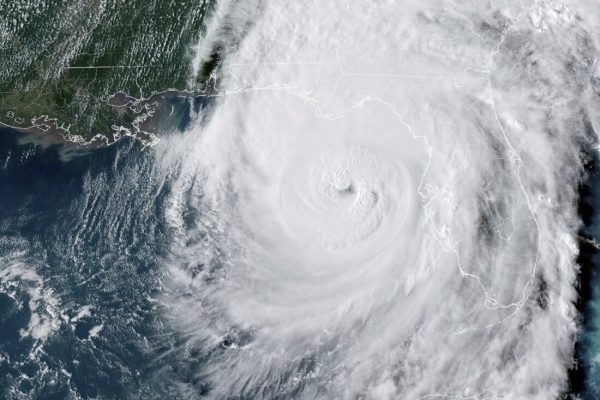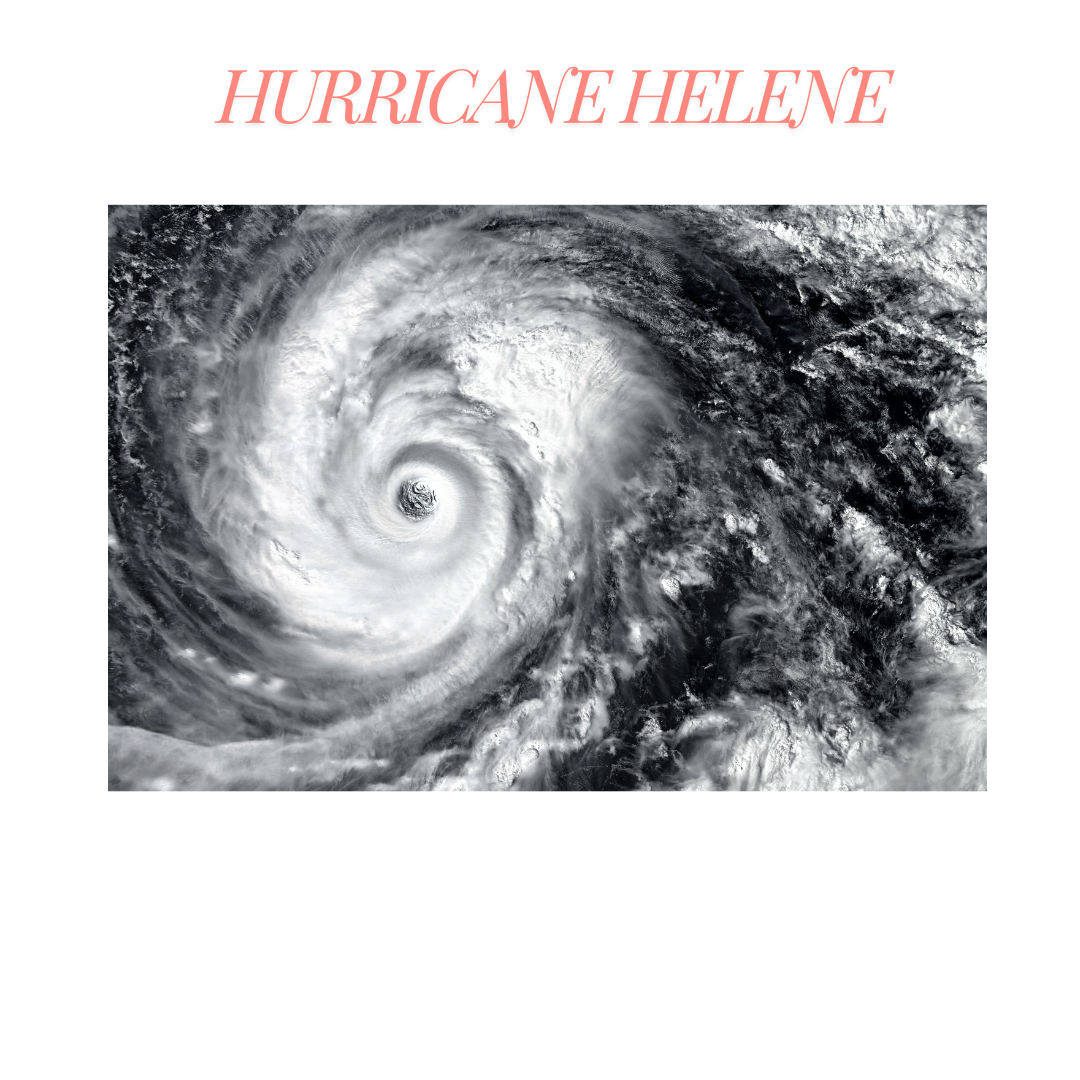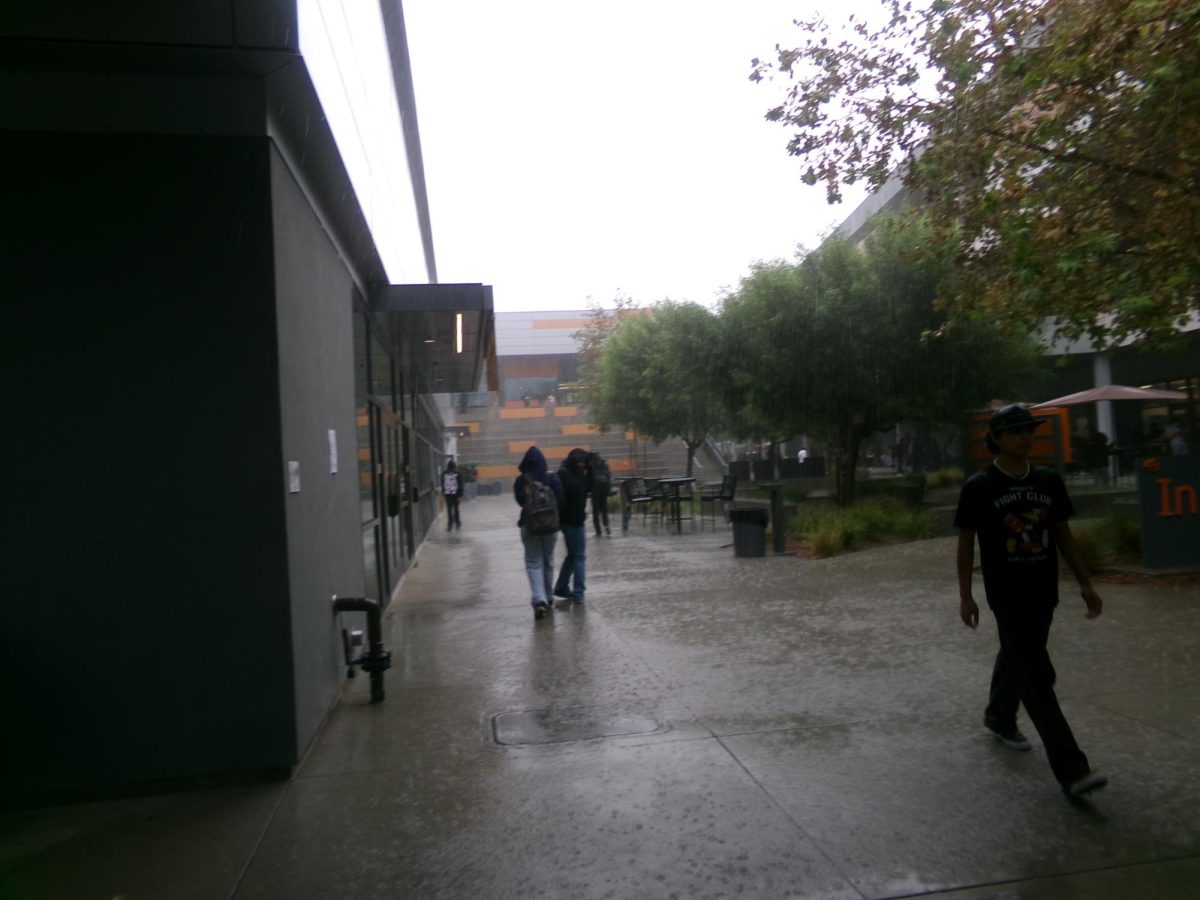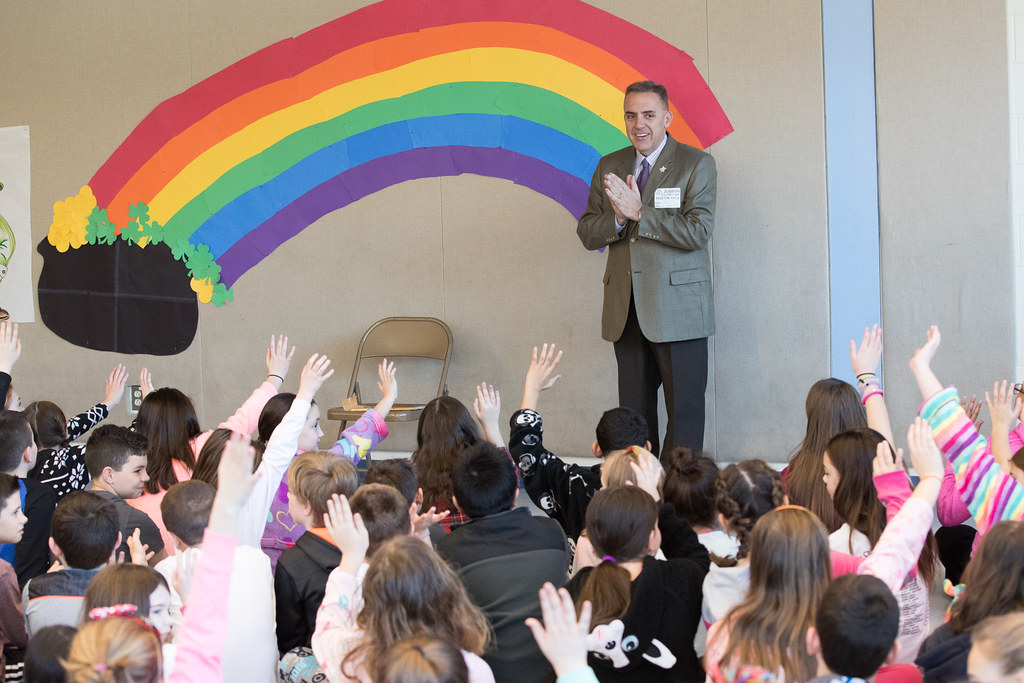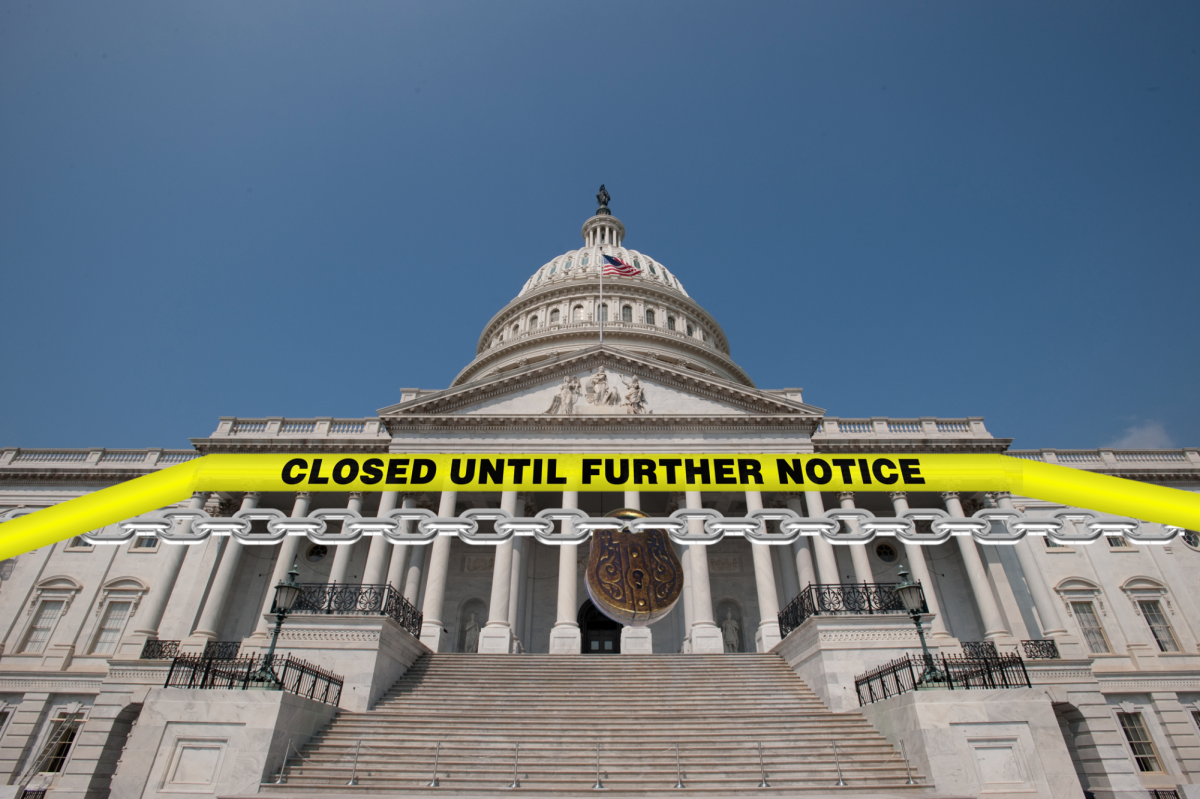Hurricane Helene was formed in September 2024 over the northwestern Caribbean Sea, developing from a disturbance between Jamaica and the Yucatan Peninsula. The hurricane quickly gained strength as it intensified to Category four. Helene brought wind speeds of 140 miles per hour. The hurricane’s death toll has risen to over 200 people, making this natural disaster the deadliest hurricane to reach the U.S. About 1 million homes and businesses still have no power, and tens of thousands of people are lacking water.
On September 29, the hurricane caused extensive amounts of damage in North Carolina. The strong winds and heavy rain led to severe flooding and widespread power outages. The hurricane also flooded Georgia, causing dangerous weather to destroy homes and cause flight delays and cancellations. Power outages are still affecting communities, making emergency shelters open to assist people with damaged homes from the hurricane.
Two days after Hurricane Helene’s landfall, All Hands and Hearts, an organization, mobilized many teams across Florida to help assist and address the impacts of the hurricane. Near the Kentucky and Indiana border, although Helene has weakened to a tropical depression and storm, there is still widespread flooding and high winds, leaving a trail of destruction. Hurricane Helen’s satellite images show major devastation in North Carolina, showing the extent of the flooding and high winds.
Some students might not have been informed or interested in this since it’s not striking near their area and others think the disaster is devastating.
Cydd Adriano, a freshman at Eleanor Roosevelt stated, “I didn’t know there was one because I wasn’t affected by it,” because the hurricane wasn’t anywhere near him, he wasn’t informed about the natural disaster happening in the Southeastern.
Another student named Disha Patel who is also a freshman states, “I think it’s very devastating, and that I feel bad for the people that went through that.”
